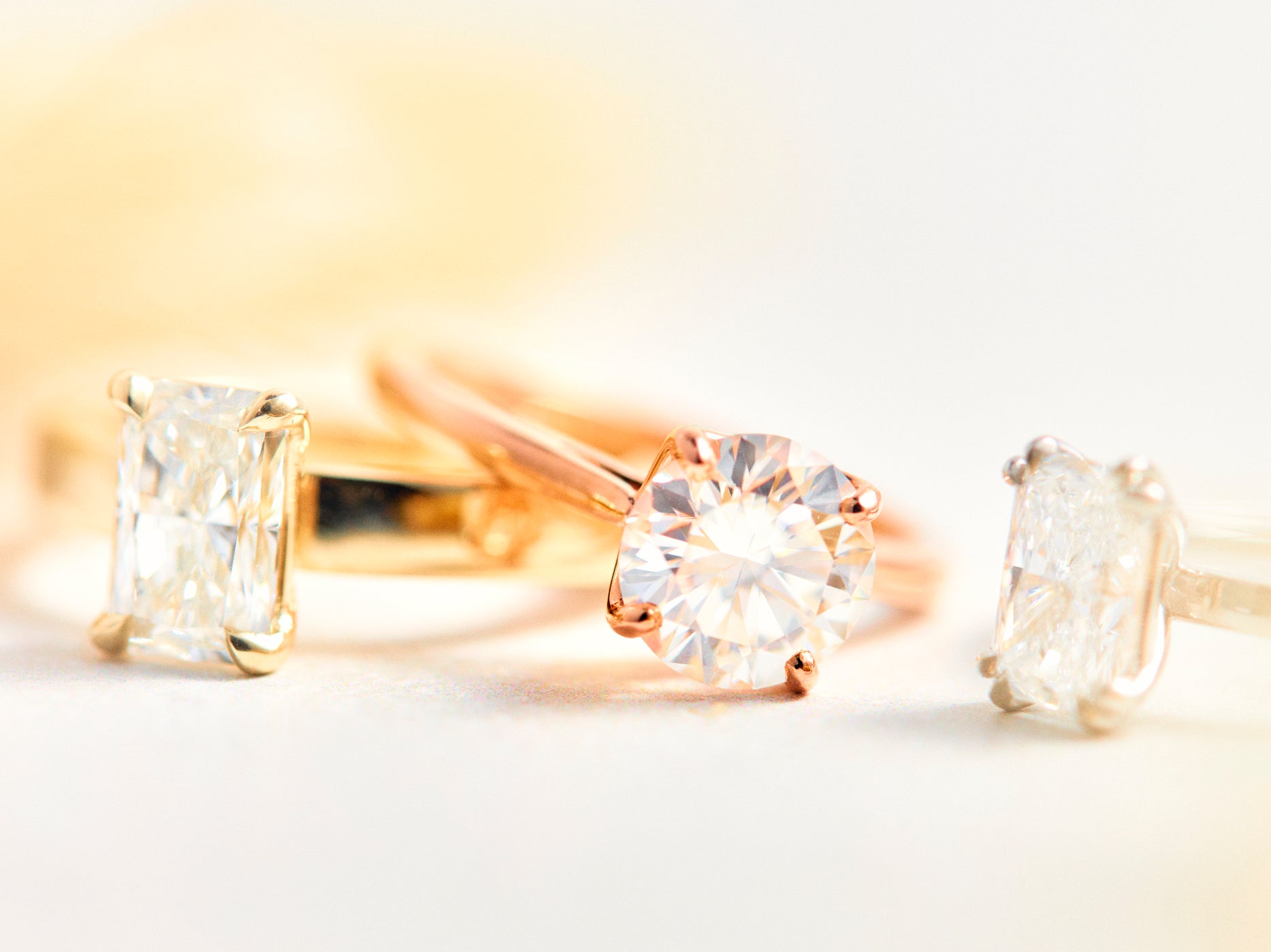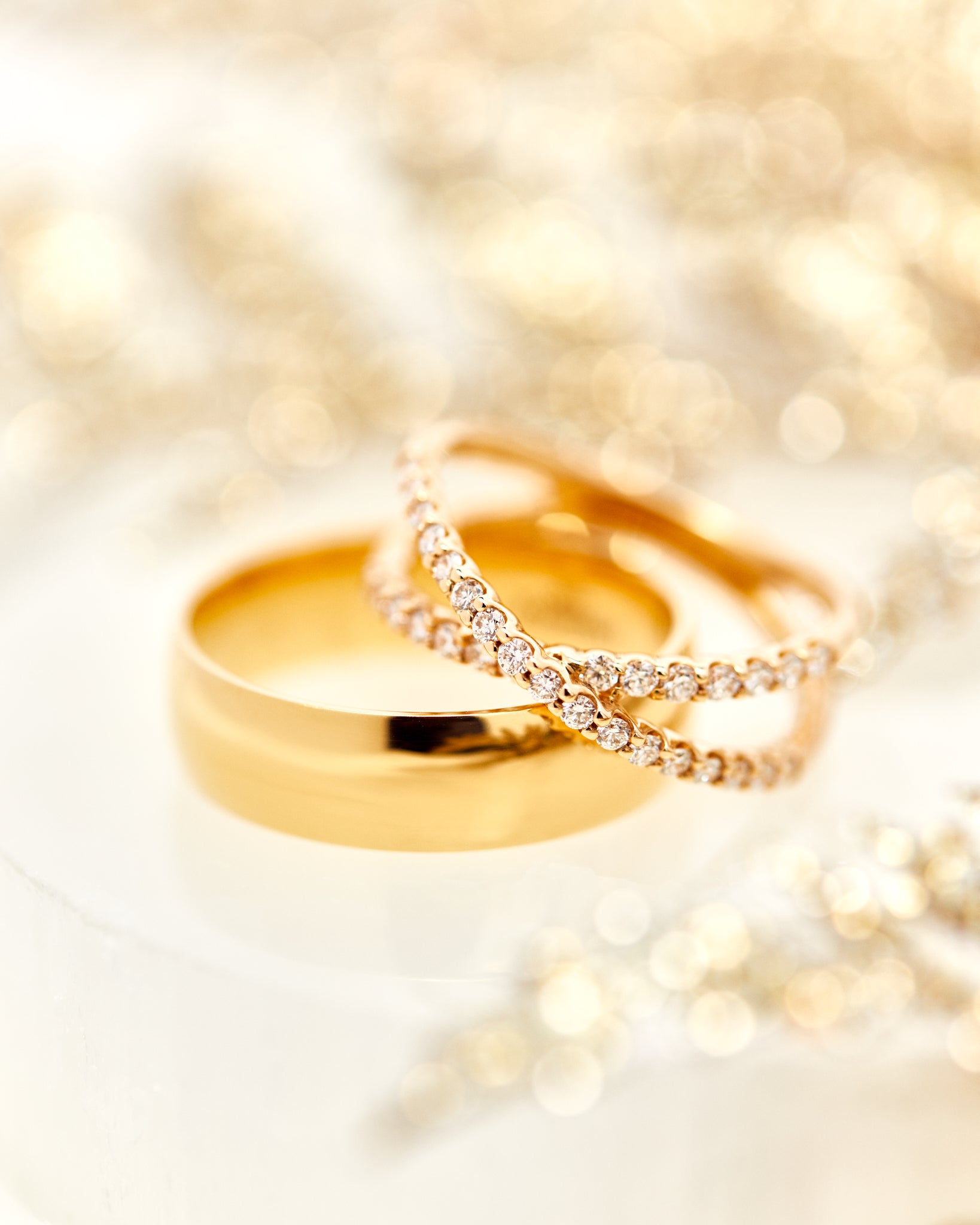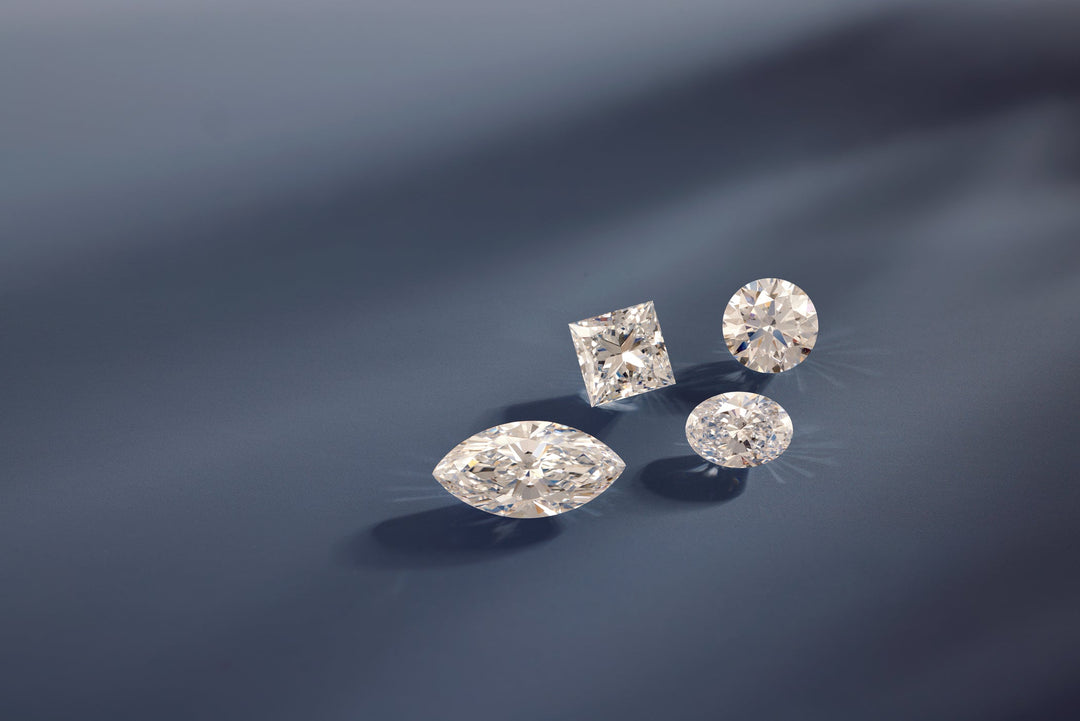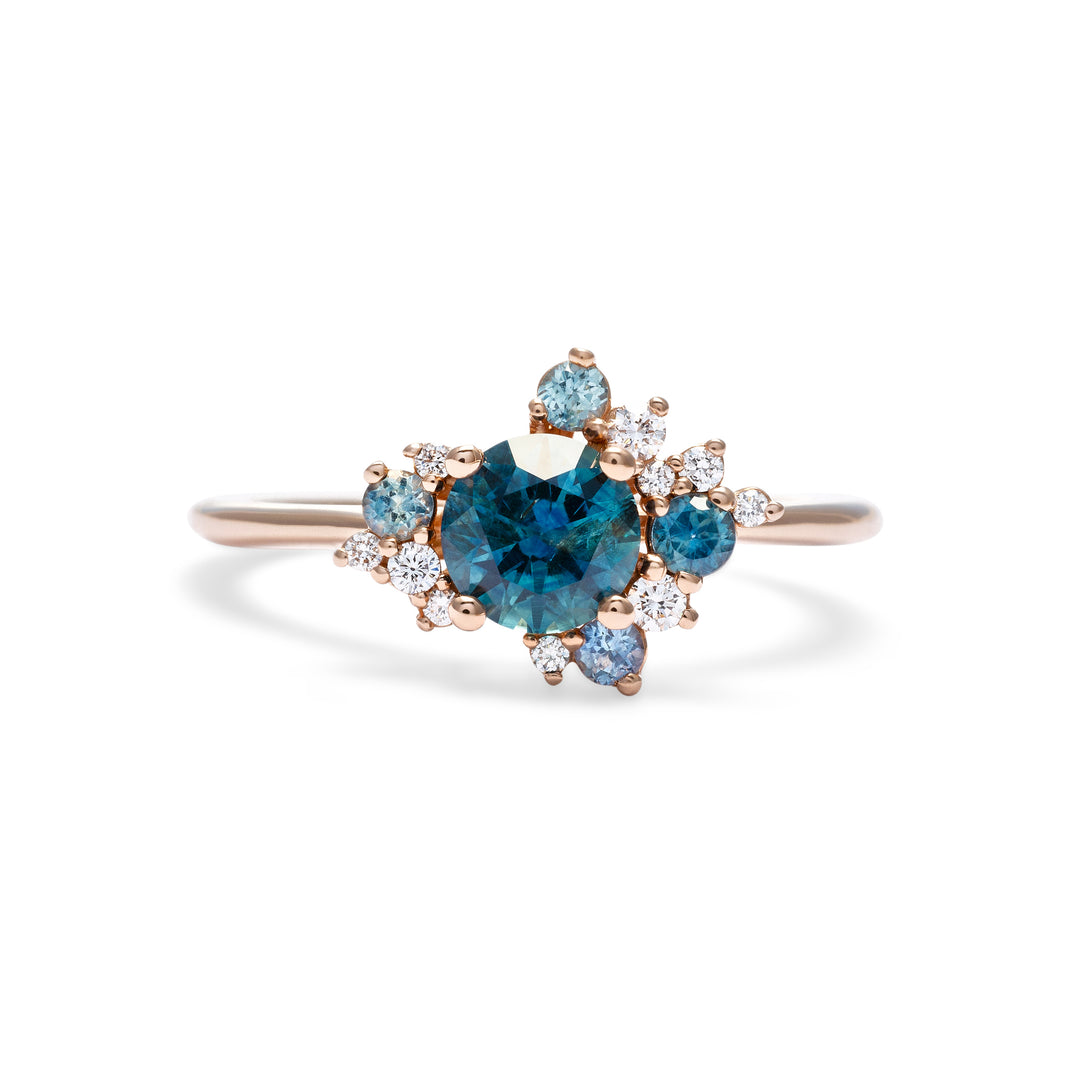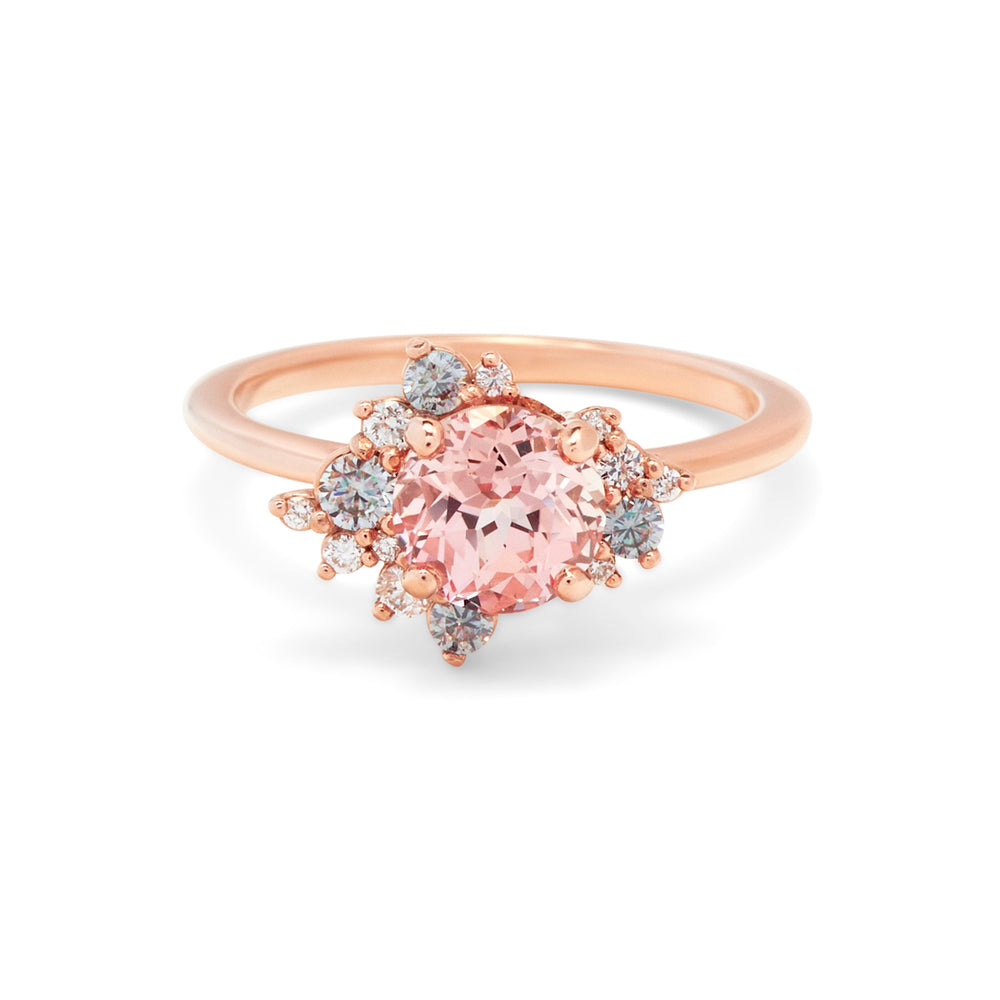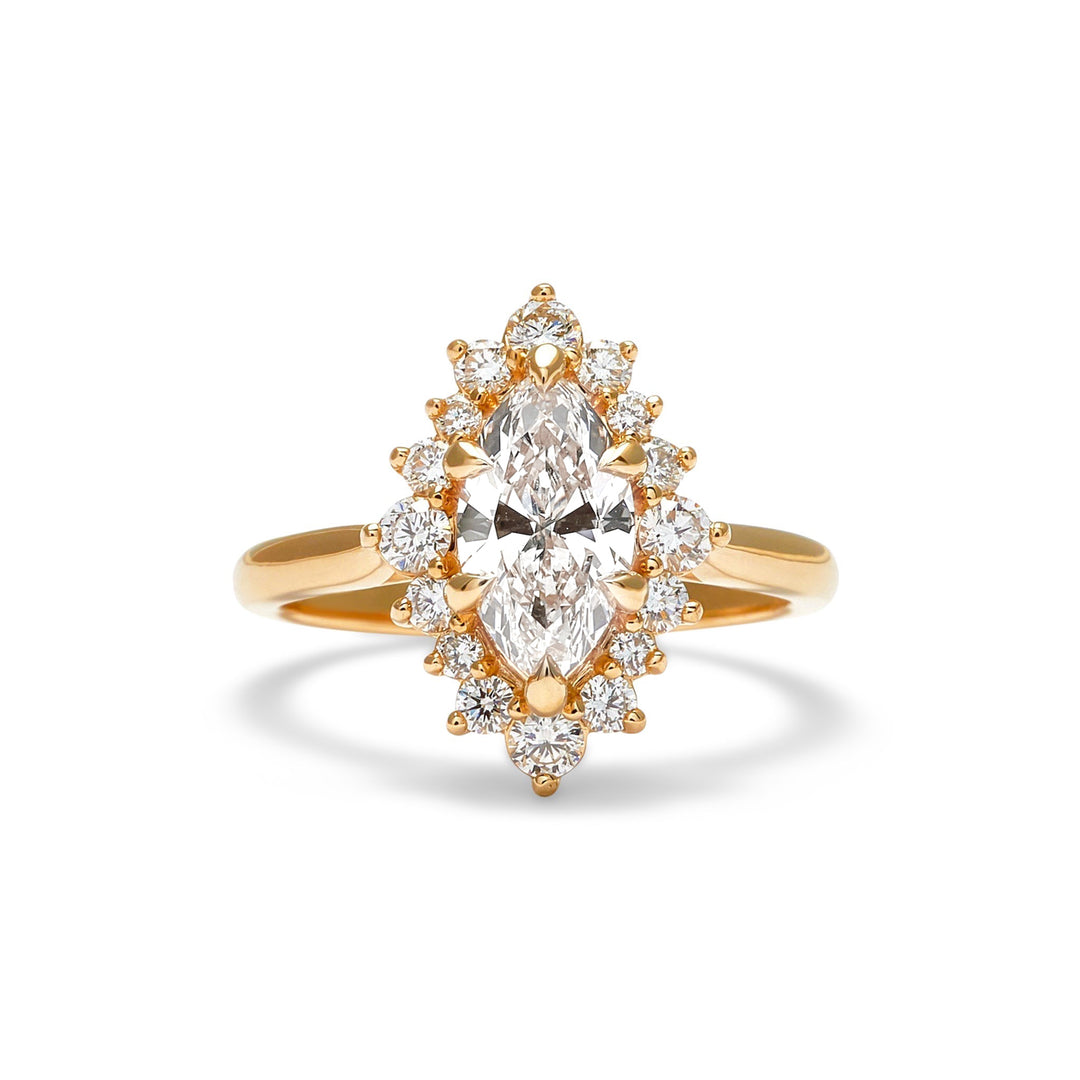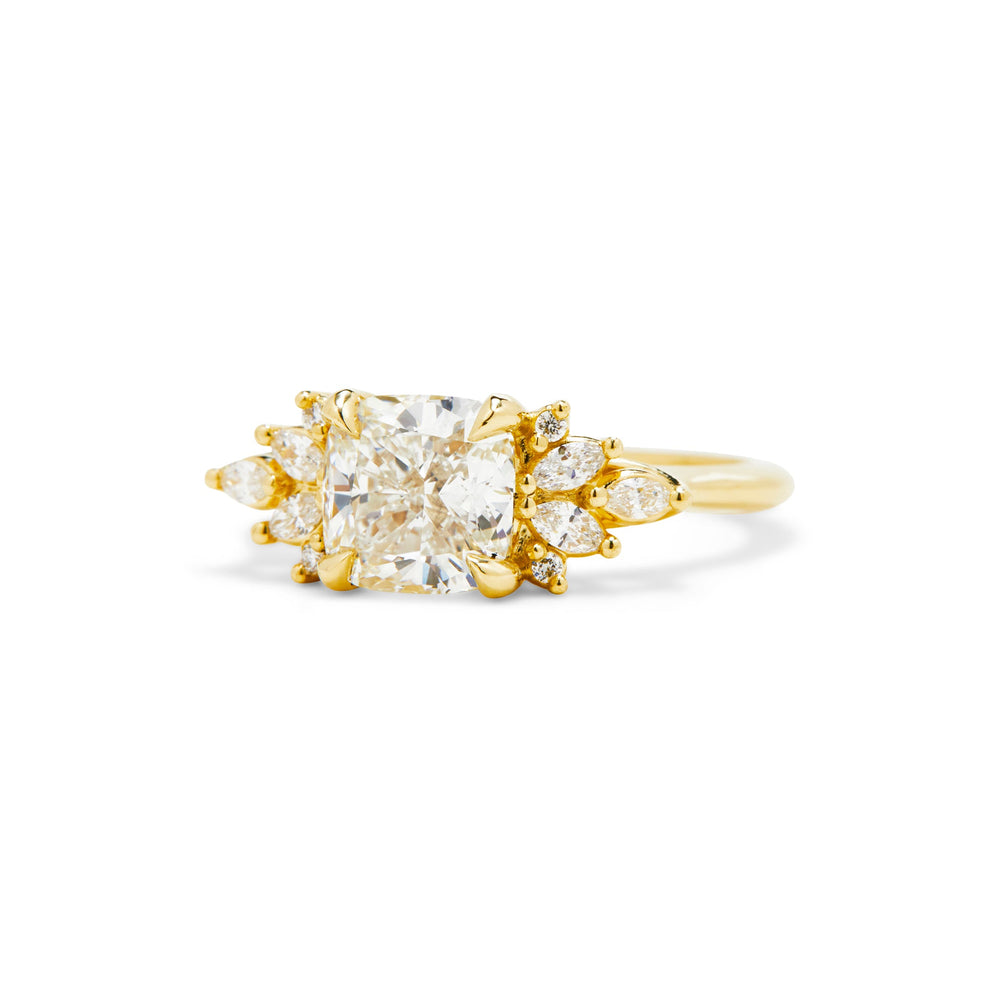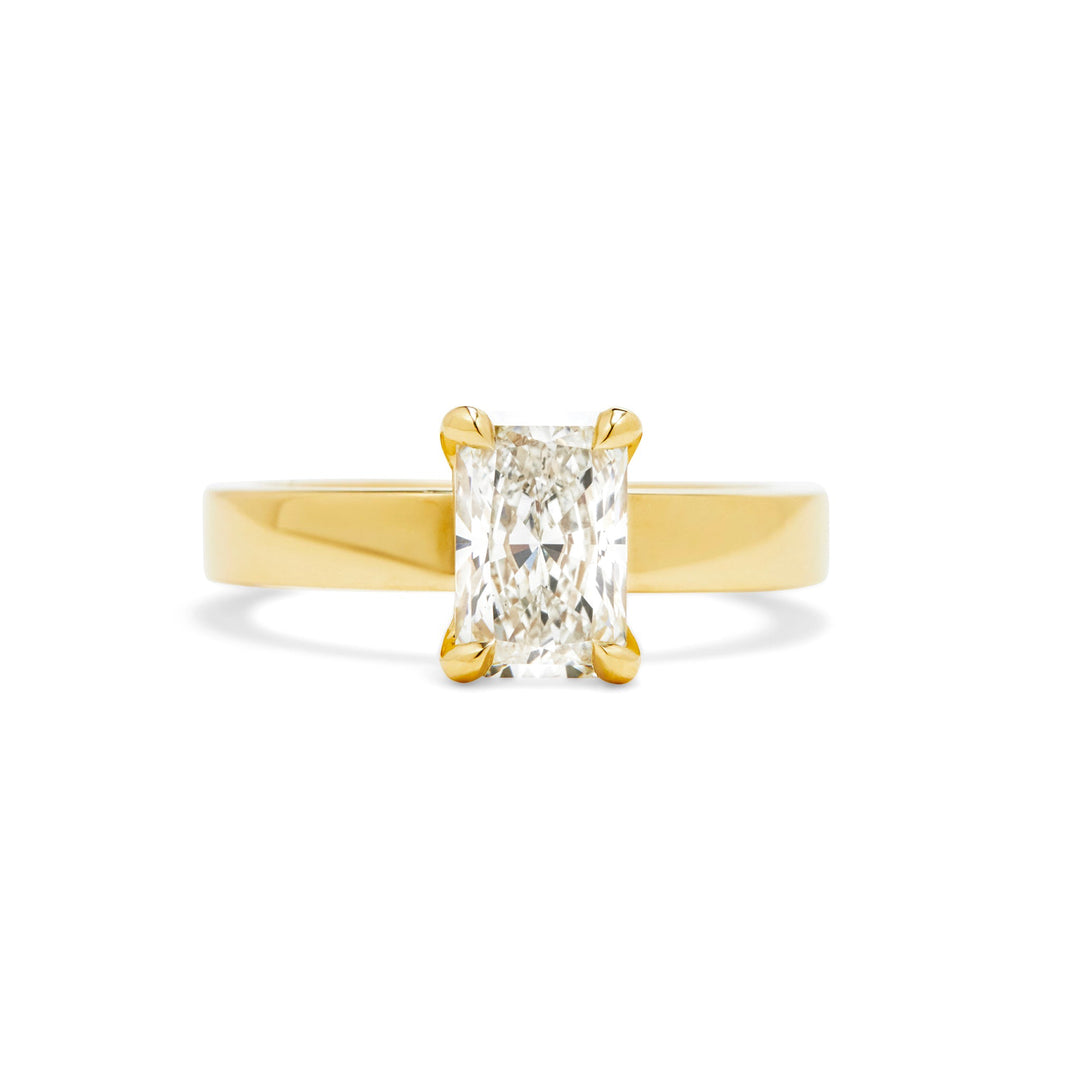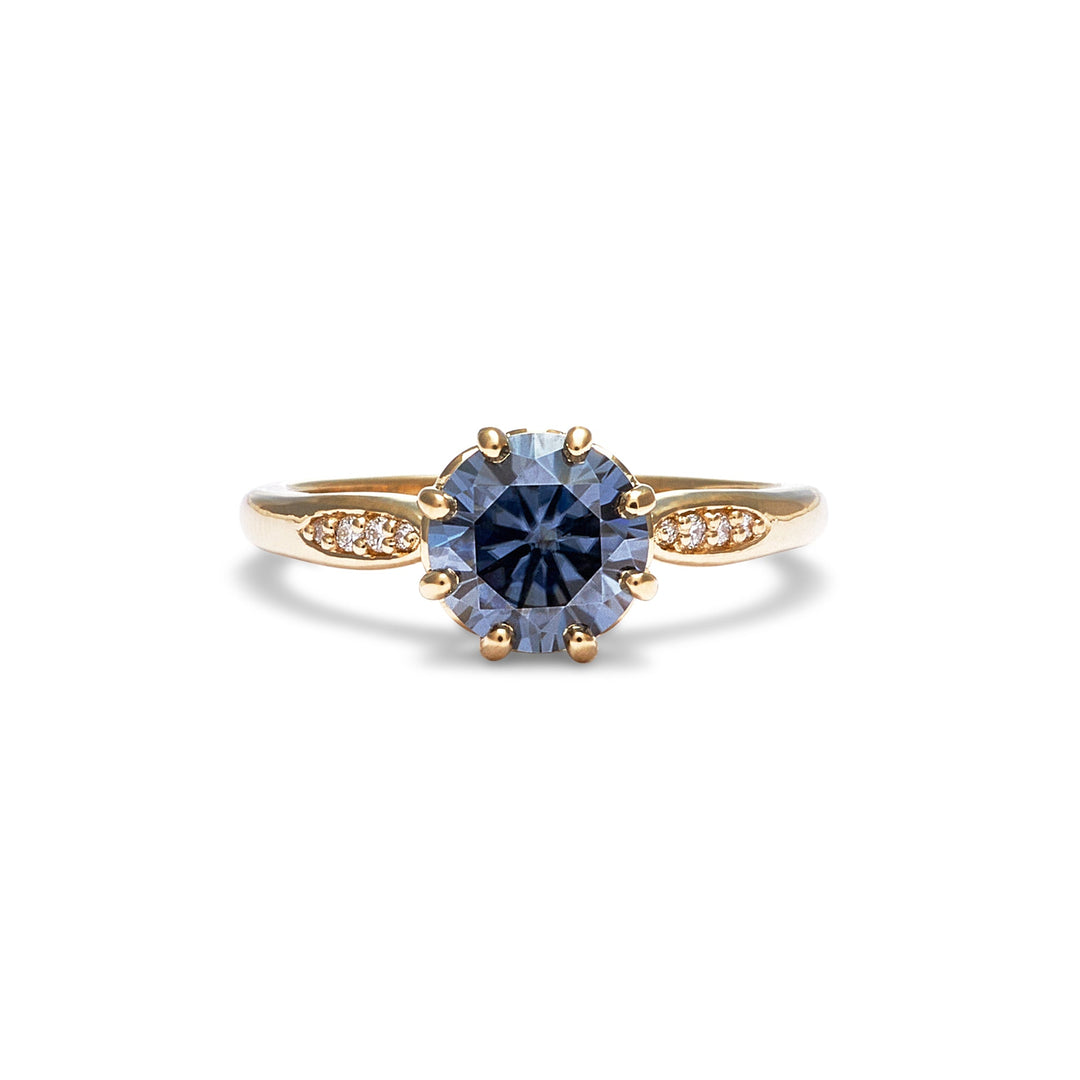Gold has long captivated humanity with its timeless allure and enduring elegance. You may have heard gold referred to as "14 karat", "24 karat", or various other values followed by the term "karat". But what exactly is a "karat", and how do we choose the right one for our cherished jewelry pieces?
Join us on a journey through the intricacies of gold karats.
1- Understanding Karat: A measure of gold purity
In the realm of gold, karat is a unit that serves as a measure of purity. Simply put, karat (denoted as "K" or "kt") signifies the percentage of pure gold present in an alloy. Pure gold is 24 karats, representing 100% gold content, and is a precious metal that is a deep, saturated yellow tone, and it is surprisingly soft and malleable. As the karat value decreases, the gold content diminishes, with alloy metals like silver, copper, and zinc incorporated to enhance hardness and alter characteristics such as color.2- Gold Karat and Composition
When considering gold karats, understanding the variance in gold content is essential. For instance, 10K gold contains 41.7% pure gold, whereas 14K boasts a higher 58.3%, and 18K elevates further to 75%. This distinction directly influences the value and properties of the gold, from its color to its price, and from its hardness and to its maintenance requirements.

3- 50 Shades of Gold: Exploring Gold's Color Palette
The most visually recognizable characteristic between different gold karats lies in their rich tapestry of colors, each with its unique charm.
- Yellow gold: With higher gold content, 18K gold exudes a luxurious, warm hue reminiscent of pure gold. In contrast, 10K gold tends to lean towards a lighter, more muted yellow tone due to its decreased gold content and increased alloy composition. 14K strikes a harmonious balance, offering a rich, appealing golden color.
- Rose gold: Comprised of 75% pure gold (which as we've learned, is very yellow), 18K rose gold boasts a warm peachy tone, making it an excellent compromise between yellow and rose gold. 14K rose gold features a lovely golden rose tone, a favorite among those seeking a romantic appeal. 10K rose gold presents a truer pink tone, adding a unique flair to fine jewelry pieces.
- White gold: Since white gold is essentially yellow gold alloyed with white metals to make it whitish, its white color is attained through plating. This process applies a coating of rhodium to white gold, resulting in the crisp and vibrant white hue that is familiar to us. As a result, white gold maintains the same color regardless of its karat, with its warm tone only becoming apparent once the plating wears off.

4- Hardness Matters: Navigating Durability
Hardness is a crucial factor to consider when choosing a gold karat for your jewelry. That is especially true when it comes to pieces that will be worn everyday, such as engagement rings and wedding bands. 18K gold, while luxurious, is softer and more malleable, requiring a more gentle care to prevent scratches. 10K gold, with its higher proportion of alloy metals, boasts greater hardness, however it is also more prone to breakage. 14K gold strikes an ideal middle ground, offering both durability and elegance.
5- Maintenance & Preserving the Brilliance of your Jewelry
Maintaining the luster of your gold jewelry involves understanding its karat value and specific maintenance needs. While 10K gold generally requires minimal upkeep, it tends to be more brittle. Because it is more prone to scratching, 18K gold may benefit from regular cleaning and polishing to preserve its shine. Additionally, in the case of white gold, rhodium plating is commonly applied to enhance its whiteness and durability. Rhodium, a precious metal belonging to the platinum family, forms a protective layer over the white gold, ensuring longevity and a radiant finish. This plating will need to be reapplied periodically (especially on rings) to sustain the crisp white color of your jewelry.

Conclusion
In the realm of gold karats, finding the perfect fit for your jewelry is a blend of art and science. From the richness of 18K to the durability of 10K and the versatility of 14K, each karat offers a unique appeal tailored to different preferences and lifestyles. With sustainability at the forefront of our craftsmanship, we take pride in crafting exquisite pieces using 100% recycled gold, ensuring that beauty and responsibility go hand in hand. So, whether you're drawn to the timeless allure of 14K or the opulence of 18K, rest assured that your choice reflects not just your style, but also your commitment to a greener, more sustainable world.


